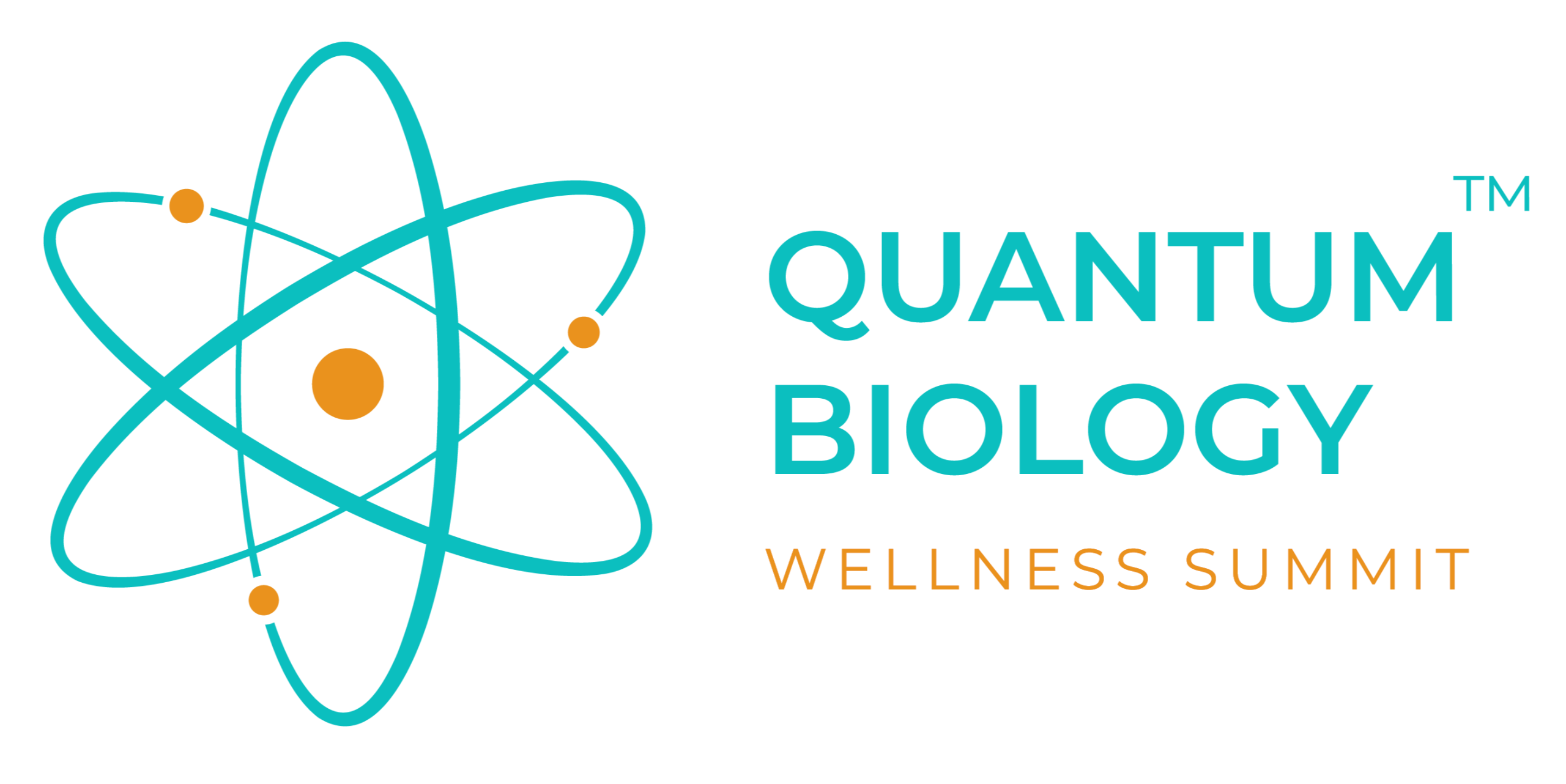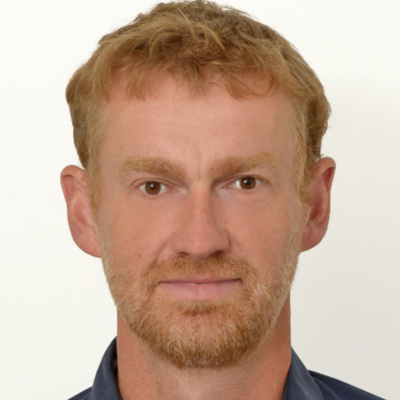
Meet Rasmus Gaupp-Berghausen

Bio:
Between 1993 and 2002 he studied landscape planning and landscape management at the University of Natural Resources and Applied Life Sciences in Vienna, as well as agricultural sciences at the Royal Agricultural University in Copenhagen/KVL and at the University of Costa Rica.
R. Gaupp-Berghausen's most important focus during his student days in Europe and Central America was always the subject of water.
During his studies in Denmark and Central America, his work focused on agricultural sciences with a focus on water supply/contamination and soil quality/conservation. (Diploma thesis: The significance of leaching to nutrient loss under humid tropic condition in oil palm production sites). In Austria, his focus was on drinking water quality, in particular with regard to the purification of drinking water from endocrine (hormone-active) substances
(Diploma thesis at the Institute for Water Prevention, Aquatic Ecology and Waste Management, topic: The behavior of radioactively labeled endocrine modulators in activated carbon filtration).
In addition to the conventional methods of water quality assurance and determination from a chemical and microbiological point of view, interest was also focused on unconventional alternative methods of water quality research that were often largely ignored by western science. The most important question that was formulated during the study period was: Is it sufficient to describe water quality solely with materially measurable parameters or is it perhaps not sufficient to reduce water to H2O + components?
In addition to the studies, Rasmus Gaupp-Berghausen was able to learn from many lectures and seminars, some of which he organized himself, and to recognize that there are many more approaches to describing water quality than what has been offered at most universities and that today's standard for water analysis shows only a part of the actual picture of the water.
In recent years, R. Gaupp-Berghausen has been able to expand and deepen his knowledge of water in collaboration with various researchers. During countless stays abroad in Japan, Russia, the USA, Egypt and research institutions in Europe, R. Gaupp-Berghausen was able to work with researchers such as Dr. Masaru Emoto, Dr. Konstantin Korotkov, Dr. Ibrahim Karim, Minnie Hein etc. explore the shape-forming properties of water in more detail.
In cooperation with Dr. Emoto became the laboratory Hado Life Europe ( www.hado-life.com ) founded in Liechtenstein, which has been managed by R. Gaupp-Berghausen since it opened in 2004. The focus of the work of Hado Life Europe is the investigation of water but also other liquids in relation to formative properties and qualities with chemically and microbiologically constant properties. Since opening, the laboratory has received more than 2,000 water samples and other samples containing water.
Interesting insights in recent years have been working with water in relation to vibration. Water seems to have the ability to react to any form of vibration. Samples in the microwave range, with ultrasound, but also simply with music, were able to change the formative properties of the water while the chemical and microbiological conditions remained the same. What is interesting is the apparent direct connection between harmonic intervals, as they are used in music (harmony theory/systematic recording of the tonal sound space) and the property of water to form harmoniously ordered forms (which are perceived as beautiful by the eye/sensation).
The investigation techniques used by Hado Life Europe are: ice crystal photography (water samples are frozen at over -20°C and examined under a reflected-light microscope), drying images from dark field microscopy (water drops are dropped onto slides and the shape of the remaining substances is examined) and GDV (Gas Discharge Visualization). ) Technology (measurement of free electrons and photons which are created by an artificially applied voltage field around the tested object).
Investigations and work such as the fruit water project are intended to show in a scientific context that vibrations such as ultrasound can have an impact on the shape-forming properties of water, and that a modulation of the vibrations can potentially have quality-enhancing properties.
The current focus of his work is related to HRV (heart rate variability) sound and color. By working with 'Sound of Soul' (www.aquaquinta.com) a possibility was created to 'translate' the constantly varying frequencies of the HRV into sound and color.
The different sounds or sound sequences that arise based on the HRV are as unique as the fingerprint of each individual. In addition to the resulting therapeutic approaches, another way was created to show the respective beauty of people and to examine and illustrate the influence of people and their sounds on the water.
In May 2018, Rasmus Gaupp-Berghausen was elected Co-President of the International Light Association (ILA) https://www.international-light-association.org
The ILA is an international group of experts such as physicians, color and light therapists, psychologists, scientists, artists, architects, and philosophers that deals with the healing effects of color and light.
The work of R. Gaupp-Berghausen attempts to make a further contribution to the understanding of quality, especially in connection with water and the associated life-regulating processes.
R. Gaupp-Berghausen has already spoken at lectures in over 40 countries.

